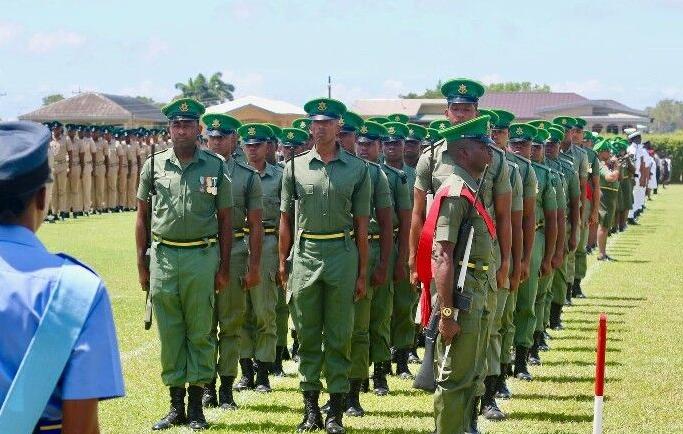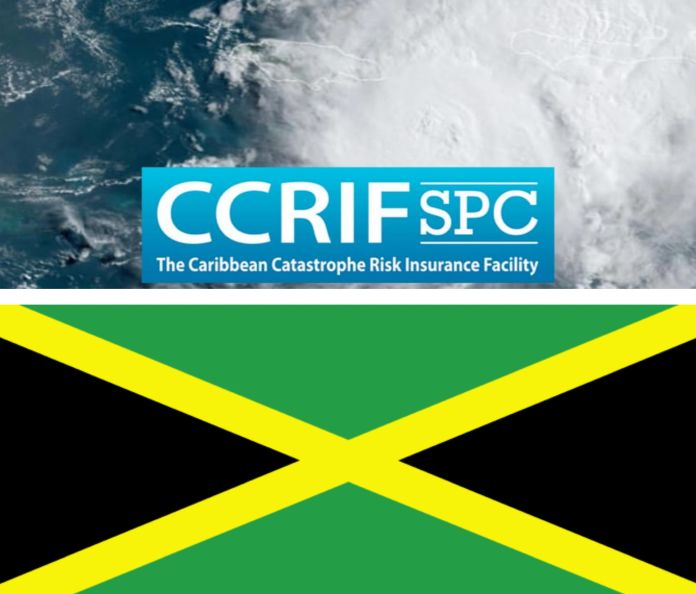By Akihiko Nishio
World Bank Group vice president for development finance Aki Nishio visited Doha, Qatar, in September 2025, and delivered this keynote address as part of a learning session between the Qatar Fund for Development (QFFD) & WBG. The session focused on the growing role of GCC countries and Arab multilateral institutions in global development finance.
The global community stands at a crossroads. Facing climate change, conflict, and economic instability, the world needs effective development cooperation more than ever. In this complex landscape, one trend stands out: the rapidly growing role of Gulf Cooperation Council (GCC) countries as major providers of development assistance.
Over the last decade, official financial flows from GCC donors have increased sevenfold, reaching $23.5 billion in 2022. This is not just a statistic; it reflects a profound commitment to global development. In terms of the ratio of official development assistance (ODA) to gross national income (GNI), GCC countries are now among the world’s most generous bilateral donors.
This growth is significant. While the rise in new donors expands the pool of resources, it can also lead to fragmented aid and higher costs for recipient governments. The GCC’s established regional presence offers a strategic advantage, bringing huge benefits to partner countries.
We see clear synergies between the development priorities of the GCC and the World Bank. Our collaboration is already strong and growing:
- Kuwait and Saudi Arabia have been valued members of the International Development Association (IDA) for over 50 years now. Their continued commitment to IDA is a testament to the notion that an investment in the future of the poorest countries is an investment in the future prosperity.
- Qatar, Saudi Arabia, and the UAE are active contributors to our Global Multi-Donor Trust Funds, ensuring targeted support where it is needed most.
- A joint initiative with Qatar and the Education Above All foundation is a ground-breaking example of innovative financing, exploring how to convert debt into education outcomes for millions of children.
Furthermore, the recent clearance of Syria’s arrears to the World Bank’s International Development Association —facilitated by Saudi Arabia and Qatar—was a pivotal act of leadership. It unlocks critical financing for the Syrian people, demonstrating how strategic interventions can unlock large-scale support.
Our partnership potential is amplified by our shared focus. GCC development finance is significantly focused on member countries of the Organization of Islamic Cooperation (OIC). Meanwhile, IDA—the world’s largest fund for the poorest and most vulnerable—directs an increasing share of its resources to fragile and conflict-affected situations (FCS) within the OIC. In fact, among the top 15 recipients of GCC aid, 10 are IDA countries and 6 are FCS or small states. By joining forces, we can scale up impact where it matters most.
The potential for greater impact is vast. IDA offers a proven model: for IDA21, every $1 of donor grant is leveraged into $4 of support for developing countries. By channeling more resources through leveraging institutions like IDA, we can collectively amplify the power of every dollar spent.
Looking ahead, our shared commitment to vulnerable communities—from West Bank and Gaza to Yemen and Syria—can open pathways to prosperity. By combining the GCC’s financial resources, development knowledge and deep regional relationships with the World Bank’s global reach, technical expertise, and ability to scale impact, we can build a more effective and resilient global aid architecture.
Together, we can ensure this new era of development finance delivers lasting hope and prosperity for all.





